Advertisement
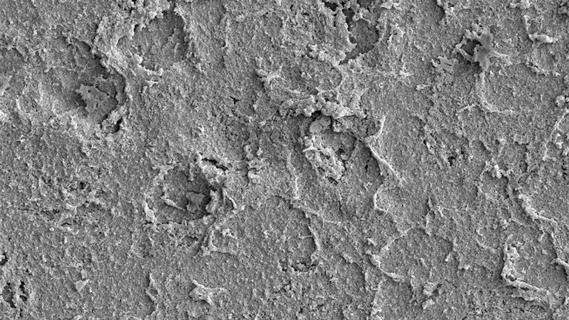
Researchers hope it may one day help patients avoid explantation surgery

Rest is often not the best care for gamers’ overuse injuries
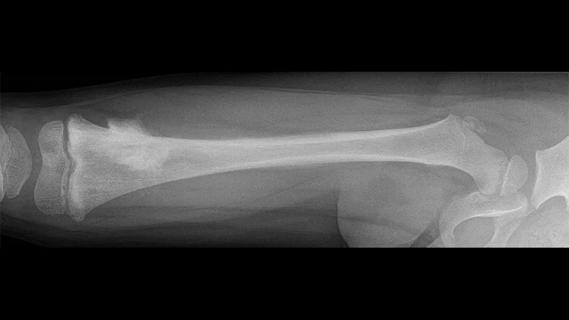
Biologic approaches, growing implants and more
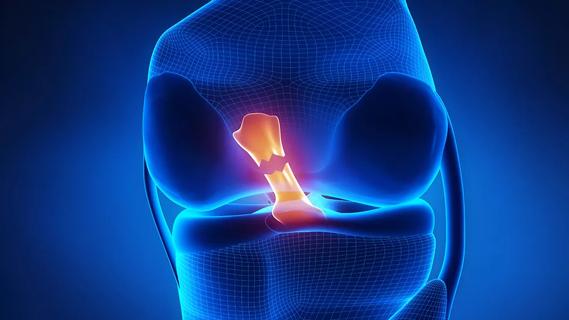
Study reports zero infections in nearly 300 patients
Advertisement
Cleveland Clinic is a non-profit academic medical center. Advertising on our site helps support our mission. We do not endorse non-Cleveland Clinic products or services. Policy
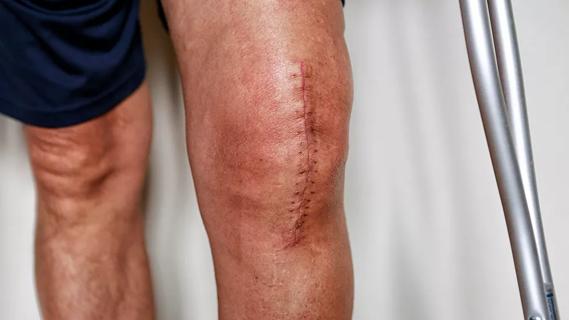
How to diagnose and treat crystalline arthropathy after knee replacement
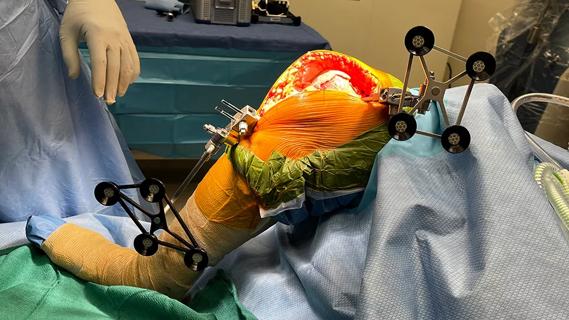
Study finds that fracture and infection are rare
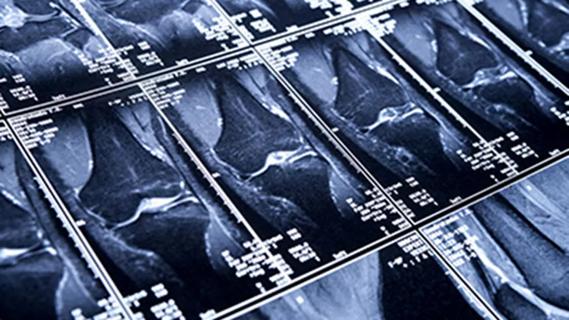
Center will coordinate, interpret and archive imaging data for all multicenter trials conducted by the foundation’s Osteoarthritis Clinical Trial Network

Reduced narcotic use is the latest on the list of robotic surgery advantages
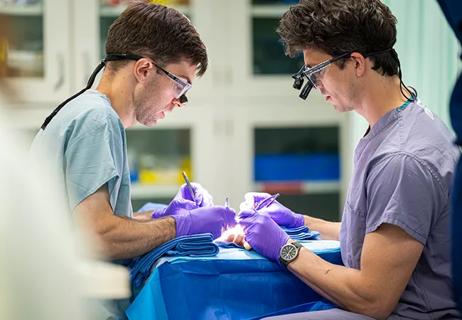
Cleveland Clinic specialists offer annual refresher on upper extremity fundamentals
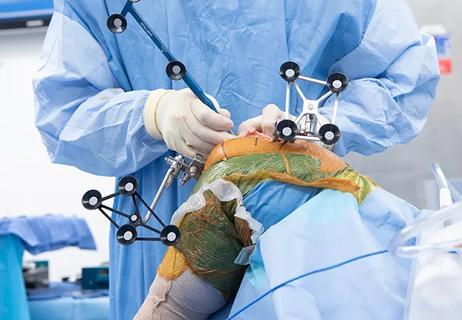
Cleveland Clinic orthopaedic surgeons share their best tips, most challenging cases and biggest misperceptions
Advertisement
Advertisement